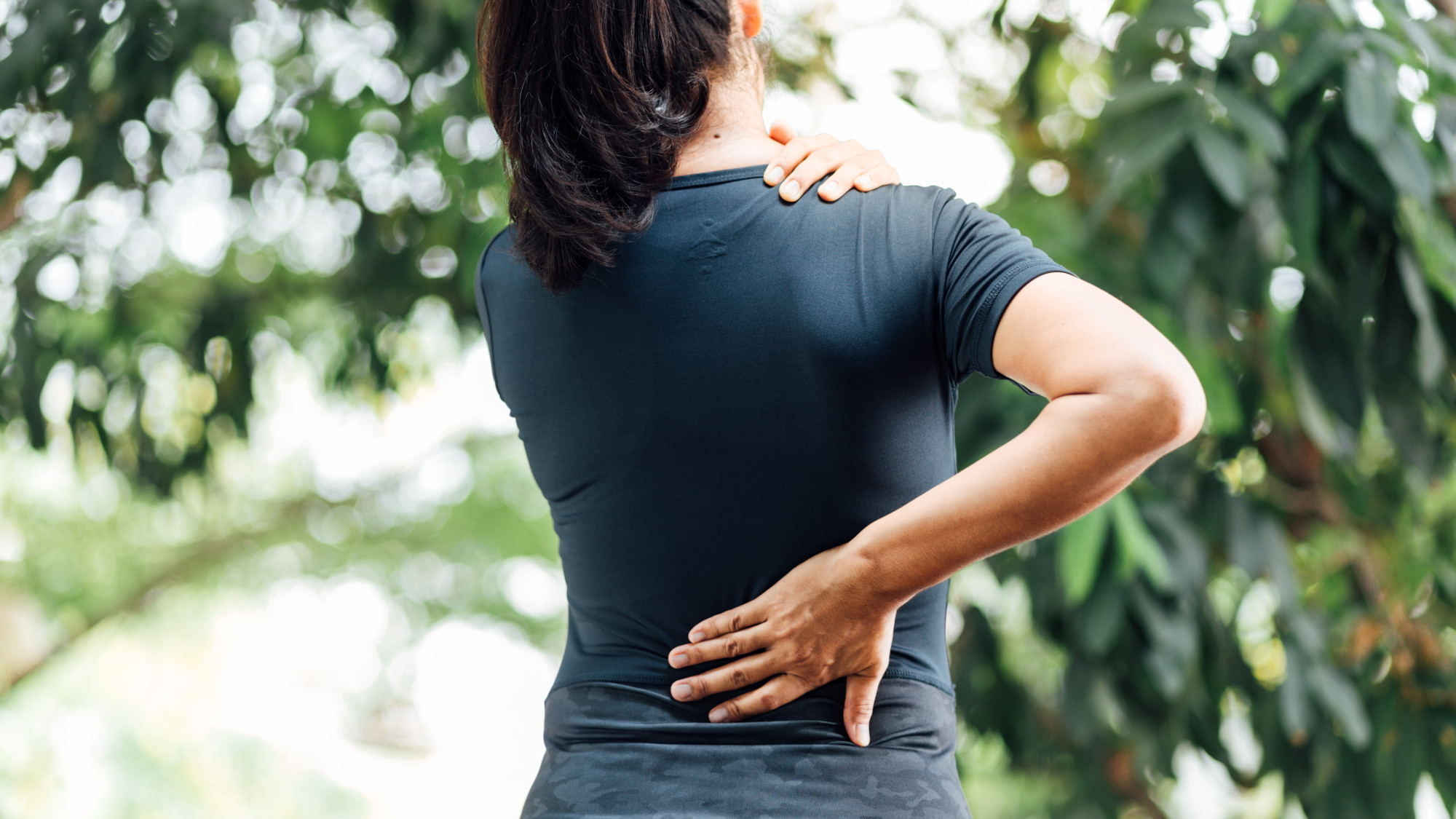Working out is brutal, even fun, but it definitely leaves you feeling sore and under the weather.
Sore muscles are one of the prices of working out that many of us don’t mind paying for a healthier lifestyle. If you’re generally healthy and are stretching and warming up beforehand, muscle soreness is a natural result of growth. But what helps sore muscles?
You got this. Read on for some tips on how to take care of sore muscles after a workout!
Contents
Ice or Heat Therapy
Ice therapy is the most effective treatment to reduce inflammation and soreness by reducing the blood flow in the area and temporarily numbing the muscle. Heat therapy, on the other hand, helps to increase blood flow and relax tight muscles, so it is more suitable for muscle stiffness.
Both hot and cold treatment help to reduce pain and swelling and encourage the muscles to heal faster. After a workout, use a combination of both and alternate between them to get the best result.
Foam Rolling
The process involves a cylindrical foam device that is rolled over tight muscles, applying light pressure, and working out knots. This helps break up the connective tissue and promotes deeper stretching of the muscle fibers, releasing tension and improving overall flexibility.
Doing so will also aid in post-exercise recovery and circulation. Avoiding rolling over the post-workout sore spots too harshly is important, as the process should involve slow, light, and gentle pressing. Lightening up or stopping when the pain is too intense is also recommended.
Apply Essential Oils
Certain essential oils that are known for their anti-inflammatory properties can give you relief from joint and muscle pain caused by physical activity, such as peppermint, ginger, lavender, cypress, and CBD for pain muscles.
The essential oils can quickly absorb into the skin, providing natural healing benefits to the area. You can also make an aromatherapy blend using a diffuser with a few drops of the same essential oils to breathe in the therapeutic scents. This will help to reduce soreness, promote relaxation, and reduce stress.
Add Anti-Inflammatory Food To Your Diet
Eating foods like leafy greens, fatty fish, and avocados can help reduce inflammation and soothe sore muscles after a workout. Not only that, but foods like poultry, turkey, and yogurt can help increase the body’s production of proteins needed for muscle soreness recovery.
Finally, fruits are also great sources of antioxidants that help to nourish muscles and reduce pain. Incorporating these foods into your diet can make a great difference in helping to prevent as well as treat sore muscles post-workout.
Use Kinesiology Tape
Kinesiology tapes are thin elastic bands that provide support and stability, making it easier to move your body. They are non-restrictive, allowing for increased circulation, which helps to speed healing and improve recovery. This helps reduce the amount of muscle swelling and pain.
The tape also stimulates the skin, which triggers the body’s healing response when applied to the affected area. It is important to apply the tape correctly and gently so it is not too tight or painful.
Learn What Helps Sore Muscles Today
If you are asking yourself ‘what helps sore muscles?’ make sure to take time to take these steps, listen to your body, and allow it to rest after a workout. Don’t hesitate to reach out to a professional if you’re unsure or need additional advice.
Triggering healing can start with you – so make sure to take the time to care for your body!
Did you find this article helpful? Check out more of our blogs!



